
|
|
|
|
|
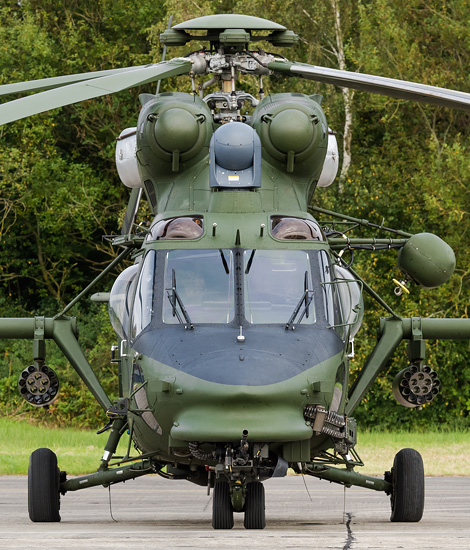
|
The Objectives of the CJPRSC; Florennes, October 2, 2014
The CJPRSC 2014, part 2; Text and Photograph's by Alex van Noye
A total of 11 countries are involved in the activities during the current course. These countries, are; Belgium, Germany, Spain, Italy, Great-Britain, the Netherlands, France, Poland, Hungary, Sweden and the United States. During the missions there are a total of 414 staff members deployed at Florennes for the CJPRCS.
The group of participating aircraft consists of two Belgian General Dynamics F-16 Fighting Falcons from Florennes and two AMX International AMXs from Italy. During the CJPRSC there are eight escort helicopters present which are from three countries. Two Augusta A-109 helicopters from Belgium are participating. The French participation consists of two Aérospatiale Gazelles of 5RHC of the French Army. The Polish fleet consists of two Mil-Mi-24 Hind helicopters and two PzLW-3 Sokol helicopters of the Polish Army. Eight transport helicopters participated in the CJPRSC besides the escort helicopters. From Italy, two Augusta-Bell AB-212 helicopters are flying along in the exercise. Two Eurocopter EC725 Caracal helicopters from France are involved. The German Air Force is flying along with two CH-53 heavy transport helicopters. The Spanish Air Force participates with two Aérospatiale AS332 Super Puma’s which are equipped in the CSAR configuration. An Boeing E-3 Sentry and two Belgian Augusta A-109s helicopters are participating to support the exercise. The SERE (Survival, Evasion, Resistance & Escape) teams which are supporting the course are from Belgium, Germany, France, Spain, Sweden, Italy and the Netherlands. These teams are all composed of aircrews, because they are an unpredictable group during the exercises which is a good training aspect. The DISTAFF Directing Staff), MIMO (Mission Monitor) and OPFOR (Operational Force) support is from Belgium, Germany, Great-Britain, Hungary, Italy, the Netherlands, Sweden and the United States. The course starts with an academic phase which is completed before the flight activities are starting. During the flight phase an amount of 147 missions are flown during seven flying days.
The main aim during the course is close cooperation between the participants. The collaboration is a chain which is as strong as its weakest link. The collaborating parties are generally Intel, the Rotary Wing Forces, the Fixed Wing Forces and Extraction Forces. Without any of the subgroups the military force is not able to rescue personnel
|
|
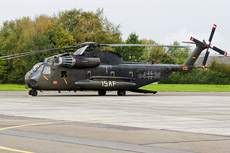
|
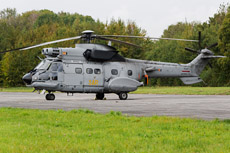
|
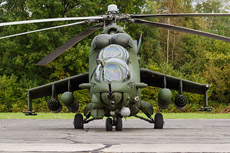
|
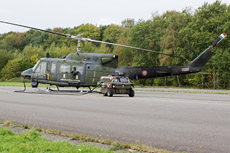
|
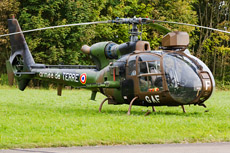
|
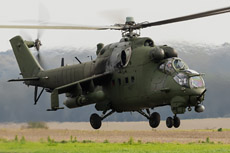
|
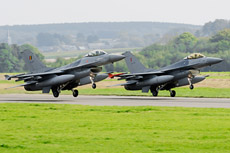
|
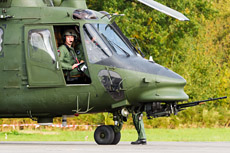
|
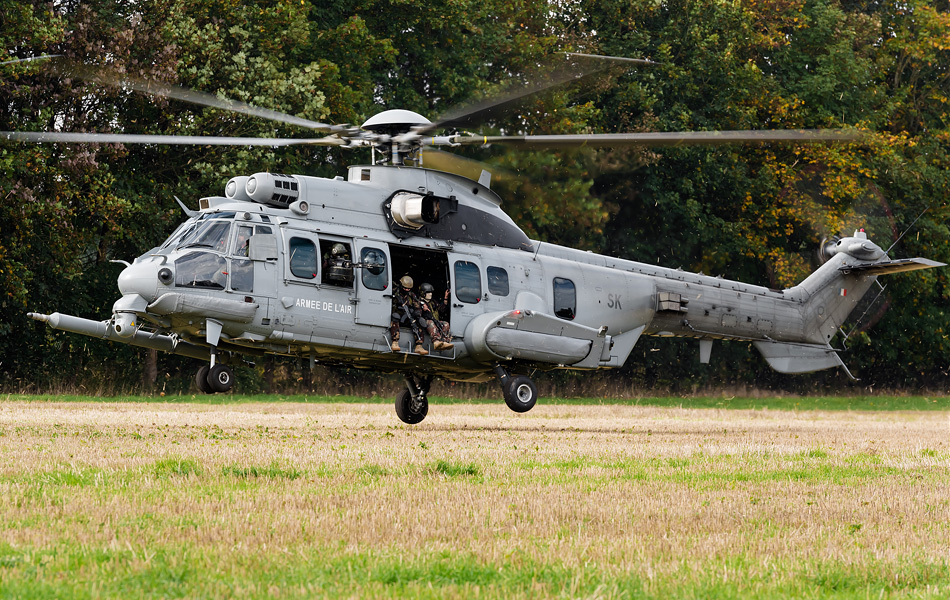
|
from enemy territory. Today, military units are almost always used in an international context. This development is also applicable for modern CSAR missions. The CSAR units of the partners are therefore forced to work increasingly together. The main learning objective of the course is to train a multinational team for personnel recovery. During CJPRSC there are five learning objectives covered. The first learning objective is to share knowledge and commitment to perform a PR mission in a hostile environment with an international team. The second goal is to bring existing knowledge of countries of the European partners together. The third objective is to fly together in a PR Task Force mission with international partners to carry out appointments and to share knowledge. The PR Task Force is part of the existing COMAO (Combined Military Air Operations), which is enshrined in international documents. The fourth learning objective is to work in accordance with established guidelines and understanding the processes. The fifth and final learning objective is the training of Intel which has to support a PR mission.
The Program of Instruction is the academic part of the course where the participants will study the theoretical aspects of PR together. Students will receive NATO and EU briefings at the beginning of the training; they all work according to international agreements. Furthermore Asset Briefings are held to prepare the students for the missions whom they fly. During the Dry Run lesson students will prepare a PR mission and plan a flight without flying. During this lesson is learned how to apply to get an optimal result by using tactics and cooperation. During the flying part of the course, there are a total of seven missions flown by each PR team. The first mission is an intro mission to ensure that people get to know each other and get to know the area. During the second mission, the focus is on recognizing hostilities in the area where the PR team should operate. During the third and fourth the CSAR mission profiles are trained. The fifth to seventh missions are actual CSAR missions in an international composition of the team. The organization will always try to fly night missions during the training. Night flights are difficult, because students have to switch to other tactics in just six missions. There are plans to set up an introductory course and an advanced course in the future to split these tactics and procedures. At this moment there are three training missions flown parallel by various PR teams. Mission A, Mission B and Mission C will start all three 20 minutes after each other. Helicopters will not affect each other’s missions due to these time windows.
Since the emergence of PR the need to train these kinds of missions is still a necessity. Training flights have become an indispensable factor to prepare for one of the hardest types of missions for combined crews. There is no other international training program available which is an equivalent to the CJPRSC. It is very important to continue to train the crews to be prepared to today's deployments to crisis areas. This is dependent on current programs and available men and material. From 2015 the current organization of the CJPRSC will move to Poggio in Italy where the CJPRSC will merge into the European Personnel Recovery Center (EPRC). The EPRC is a completely independent organization which is fully committed to the training of CSAR personnel. The course will next year be held at the Hungarian airbase Papa. The location for the year 2016 is not yet known. The focus of the future program will be on multinational joint training. The goal of the current program is continuously creating a multinational operator group. This means there is a European group of materials and manpower created which is randomly deployed during broadcasts. It will no longer matter what types of helicopters are used and what the nationality of the troops is to successfully perform a CSAR mission.
|
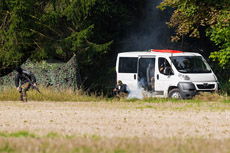
|
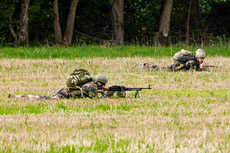
|
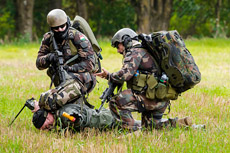
|
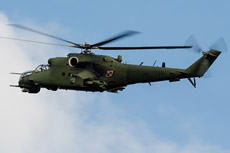
|
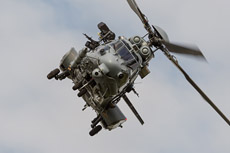
|
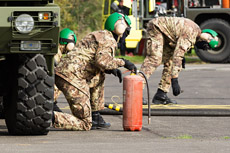
|
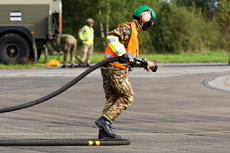
|
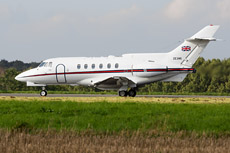
|
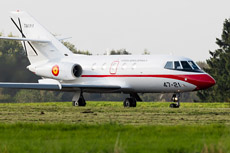
|
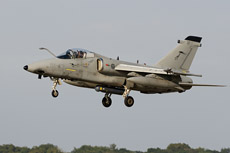
|
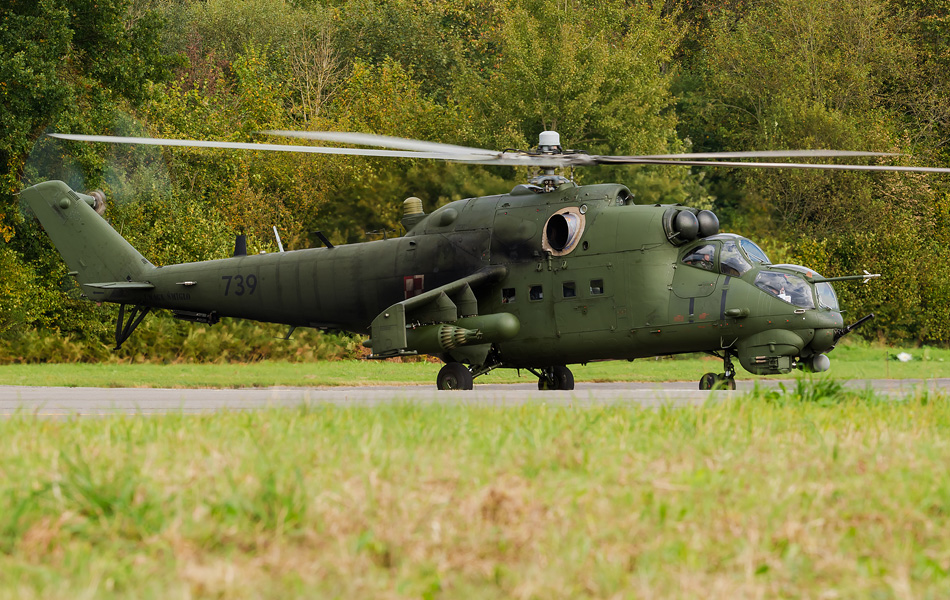
|
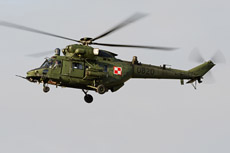
|
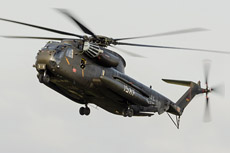
|
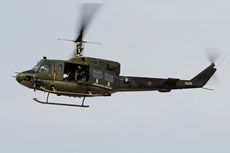
|
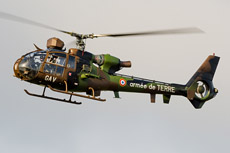
|
|
|

|







